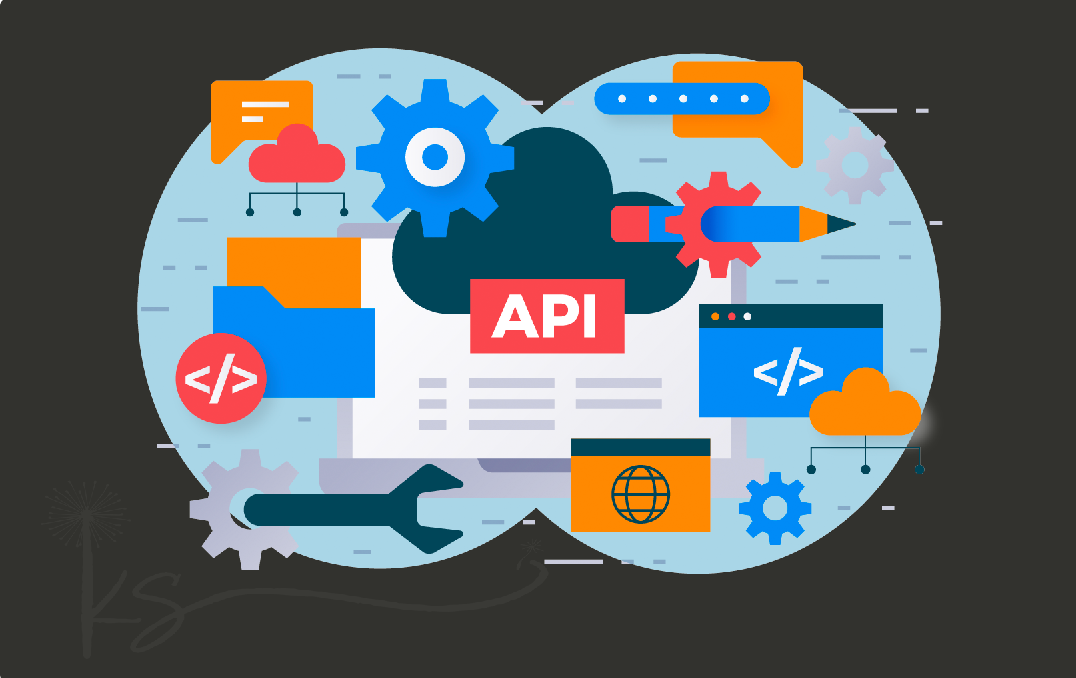APIs (Application Programming Interfaces) are the superheroes of software integrations. They allow different platforms to communicate with each other, share data, and work together to save property managers time and effort. But like any superhero, APIs have their own lingo that can be tough to decipher. It's important to become familiar with the terminology so that you can understand how the different components of your tech stack will be able to realistically integrate. Not all integration is created equally. So, let's take a look at some of the most common terms you'll encounter as you jump into API-based integrations for your property management business.
- Push vs. Pull: You will hear this term a lot when you are speaking with your PropTech partners. Push means data is sent from one application to another automatically, while Pull means the user initiates the transfer by requesting the data from the other application. An example of push might be a notification sent to your resident's when its time to pay rent. An example of a pull would be some of your software integrations that require a request to pull data into their system from your property management software. This would mean the information is not always synced between platforms. It's important to know how often information can be pulled.
- Endpoint: This sounds like the end of the line, but in API-speak, it's actually the beginning. An endpoint is a specific URL within an API that provides access to a particular set of data or functionality. For example, an endpoint might be used to retrieve a list of all available properties in your property management software so it can be displayed on your website.
- Authentication: In the world of APIs, authentication means verifying the identify of the user or application that is attempting to access an API. It's like a secret handshake between two software platforms that ensures only authorized parties can access the data.
- Rate Limiting: This is like a traffic cop for APIs, limiting the number of requests that can be made to the API within a certain time period. This keeps the API from being overloaded with requests and ensures everyone can access the data they need.
- Middleware: No, this isn't something from Lord of the Rings. For APIs, this is the software that sits between two applications, acting as a translator or facilitator for the data exchange. It can help to ensure data is formatted correctly and the two application are able to communicate effectively. Essentially, its the mediator. You've likely heard of Zapier which is a common middleware used to bridge software together in the industry.
- Webhooks: Although this sounds like an outdoor activity involving hooks and bait, it's actually a type of API that allows one application to send real-time data to another application. Think of it like a hotline between platforms. If information is updated in one platform, it can sync up in real-time through a webhook without waiting for a data pull.
In conclusion, APIs and their terminology may seem daunting, but they are essential tools for integrations between your PropTech partners platforms. By understanding terms like endpoint, push vs pull, and middleware you'll be well on your way to unlocking the full potential of your property management tech stack.
